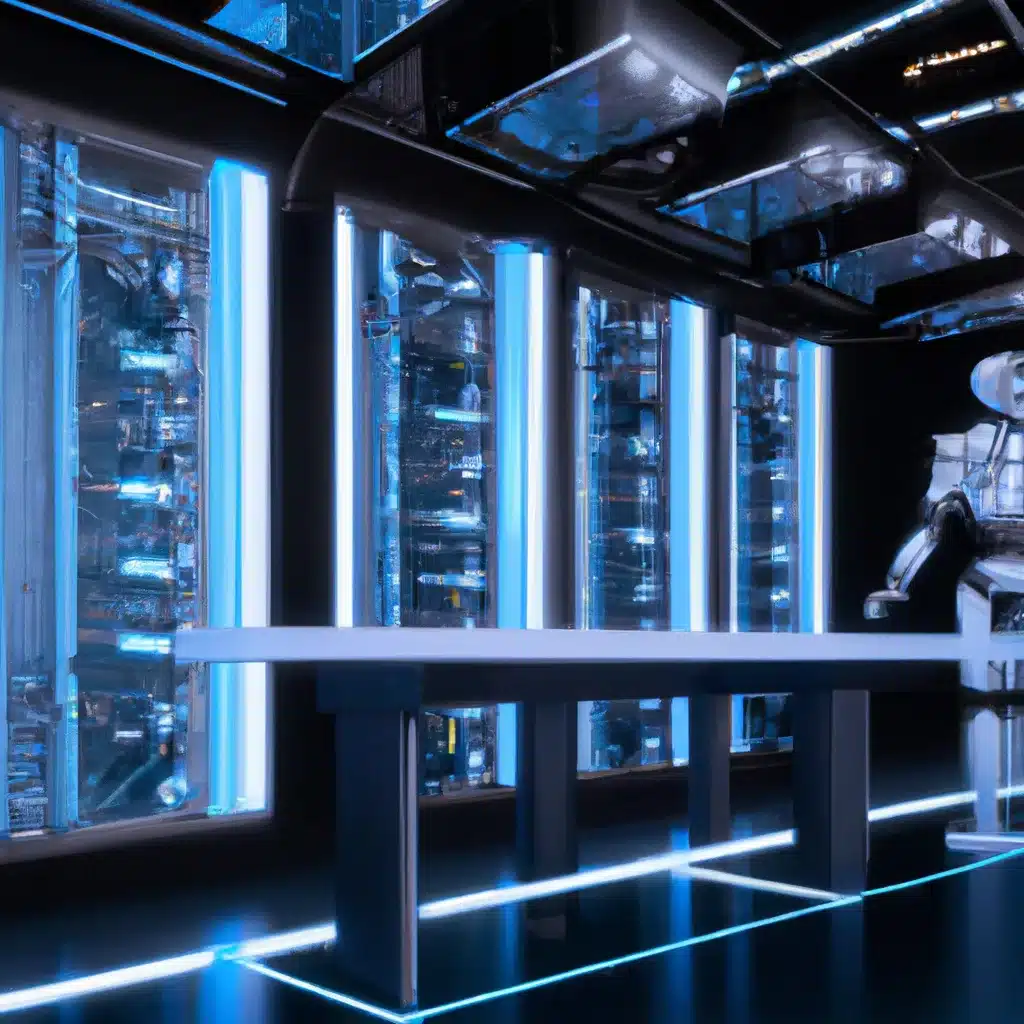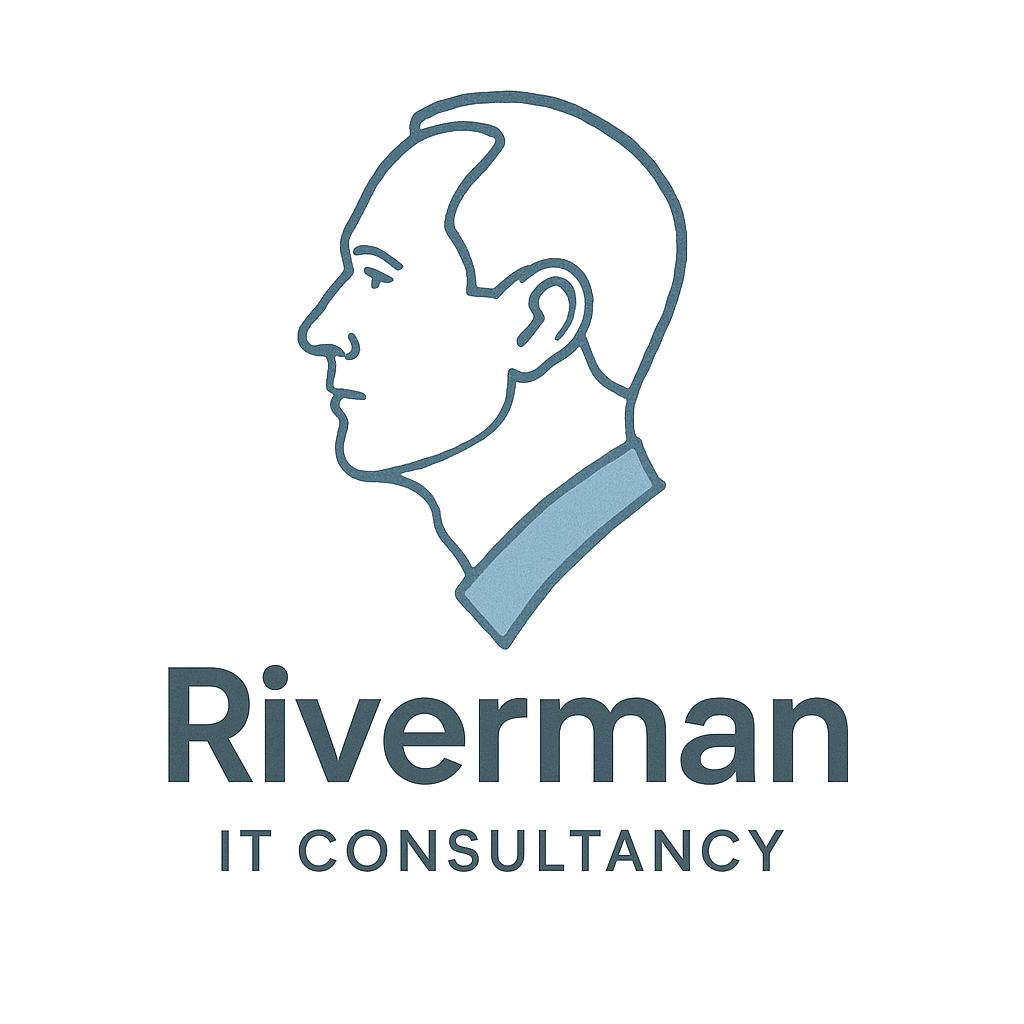
Ai-driven automation: transforming the it landscape
In recent years, the rapid advancement of artificial intelligence (AI) has led to a significant transformation in the IT industry. AI-driven automation is revolutionizing the way organizations operate, promising increased efficiency, reduced costs, and enhanced innovation. This article explores the current state of AI-driven automation in IT, its benefits, challenges, and future prospects.
AI in IT Automation: An Overview
AI-driven automation refers to the use of AI technologies to perform tasks that traditionally require human intervention. In the IT landscape, this includes processes like system monitoring, data analysis, and even customer support. AI algorithms can analyze vast amounts of data quickly and accurately, making it possible to automate complex tasks and provide insights that drive business decisions.
One of the primary areas where AI-driven automation is making a significant impact is in IT operations management. AI tools are now capable of monitoring network performance, detecting anomalies, and predicting potential system failures before they occur. This proactive approach not only minimizes downtime but also reduces the workload on IT professionals, allowing them to focus on more strategic initiatives.
Benefits of AI-driven Automation
The adoption of AI-driven automation in IT offers several benefits. Firstly, it enhances productivity by automating routine tasks, freeing up human resources for more value-added activities. This leads to faster decision-making and a more agile organization. Secondly, AI-driven automation improves accuracy by minimizing human errors. Machines can perform repetitive tasks with consistent precision, ensuring reliable outcomes.
Cost reduction is another significant advantage. By automating labor-intensive processes, organizations can reduce operational costs while maintaining or even improving service quality. Additionally, AI-driven systems can operate round-the-clock without fatigue, providing continuous support and monitoring.
Challenges Faced by Organizations
While the benefits are clear, implementing AI-driven automation in IT is not without challenges. One of the primary concerns is data security and privacy. Automated systems often require access to large datasets, raising concerns about how this data is used and protected. Organizations must ensure that they comply with regulations and implement robust security measures to safeguard sensitive information.
Another challenge is the integration of AI technologies with existing IT infrastructure. Many organizations have legacy systems that may not be compatible with new AI tools, necessitating costly upgrades or replacements. Additionally, there is a skills gap in the workforce, as employees need to be trained to work with AI-driven systems and understand their intricacies.
The Future of AI-driven Automation in IT
The future of AI-driven automation in the IT sector looks promising. As AI technologies continue to evolve, they will become more sophisticated and capable of handling increasingly complex tasks. This evolution will likely lead to the development of fully autonomous IT systems that require minimal human intervention.
Moreover, AI-driven automation will play a crucial role in shaping emerging technologies such as the Internet of Things (IoT) and edge computing. These technologies rely on real-time data processing, which AI can facilitate efficiently. By automating data analysis and decision-making processes, AI will enable organizations to harness the full potential of IoT and edge computing.
Conclusion
AI-driven automation is transforming the IT landscape, offering substantial benefits in terms of efficiency, cost savings, and innovation. However, organizations must address the challenges of data security, system integration, and workforce training to fully capitalize on these advantages. As AI technologies continue to advance, their impact on the IT industry will only grow stronger, paving the way for a future where intelligent automation is the norm, driving unprecedented levels of productivity and innovation.
